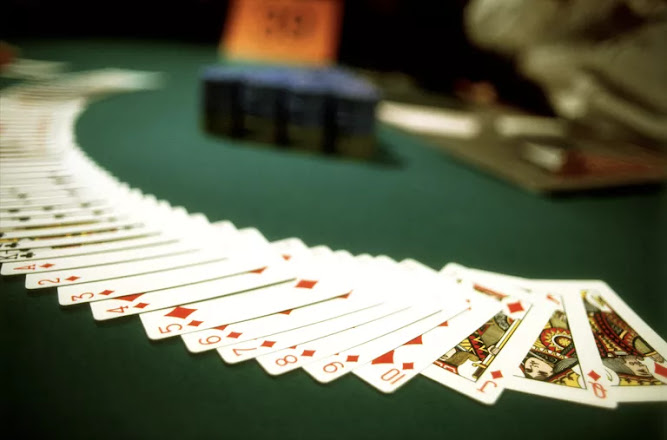Blackjack Nasa
Sig Mejdal: From blackjack to NASA to MLB
There is no leader in baseball with a foundation very like Sig Mejdal. He's managed blackjack and worked for NASA, yet nothing caught his eye a remarkable way baseball did, so at 38 years old, he chose to seek after his enthusiasm, finding some work with the Cardinals to fabricate an examination office. 카지노사이트
Almost twenty years (and two groups) later, Mejdal has three World Series rings and is presently doing his part to turn the Orioles around as Baltimore's VP and associate senior supervisor, examination.
MLB.com's Mark Feinsand as of late plunked down with Mejdal to examine his special profession way, baseball's logical blast and considerably more in the most recent release of Executive Access.
MLB.com: You experienced childhood in the San Jose region. What was your number one group?
Mejdal: The Oakland A's. We had BART transportation, so before we could drive, it was not difficult to bounce on BART and go to day games. It was a lot hotter than Candlestick Park around then.
MLB.com: You were a SABR part when you were a youngster and you were entranced with the details on the rear of baseball cards. Was that an indication of what you're hoping to do long haul?
Mejdal: So were my local companions. We would play All-Star Baseball and Strat-O-Matic and we would monitor the details. I think what was different among me and the others is it simply never disappeared.
MLB.com: Given where you wound up in your vocation, it's entertaining to imagine that you would have been entranced by the details on the rear of baseball cards, which are presently to a great extent insignificant as far as investigating a player. 바카라사이트
Mejdal: We've gotten better details, however around then, that was all there was. Whenever you have nothing other than batting normal, homers and RBIs, it arranges an image; maybe not quite so clear as what we could do today, yet that was all there was to it. It was similarly all around as captivating in those days as I consider a few the new measurements are currently.
MLB.com: You accepted your Bachelor's certifications in mechanical designing and aeronautical designing from UC Davis in 1989, then proceeded to earn Master's educations in tasks research and mental brain science from San Jose State University. What profession way did you imagine as you were finishing these degrees?
Mejdal: I was one that was continuously looking for a lifelong way. I never was sure about what I needed to do. I was never totally enlivened with designing or my work out of school and was likely the one looking for something better, so I didn't have a genuine smart thought. The mental brain research, the human elements, appeared to be somewhat more fascinating than the designing I was doing, and the NASA work was intriguing, however it actually wasn't exactly propelling me like I could see others getting persuaded in their work life. That all changed when Moneyball turned out in 2003. I had a, 'Ah! That would persuade me.'
MLB.com: What was it about the story that snatched you?
Mejdal: First and preeminent, it was, 'Man, for what reason didn't I consider this?' I was associated with the examination since I was a youngster, however no one truly minded around then; there was no Baseball Prospectus or a following like there is presently. It never seemed obvious me that I would be something besides a pariah in his available energy doing captivating stuff. Whenever I read the book, I was like, 'Gracious, my God; the group in my own terrace had employed someone with a foundation fairly like me.' I lament never having the creative mind to believe that this was plausible before the book emerged. I thought, 'I need to tell the groups that I'm here and I'm willing to migrate.' I figured before the month's over I would have some work. I calculated every one of the groups were respecting how Oakland had the option to manage their spending plan. I could never have been all the more off-base. 온라인카지
MLB.com: You were a biomathematician at NASA. What did you really do there?
Mejdal: It was a task connected with rest and execution. Around then, the weakening impacts of alertness and recovering impacts of rest were somewhat of a black box. Many colleges and exploration bunches had done investigate around here with a comparative battery of tests, so we had a great deal of information; assuming you've been up 40 hours, what's your presentation level? Assuming you had four days of four hours of rest, what's your presentation level?

.webp)


Comments
Post a Comment